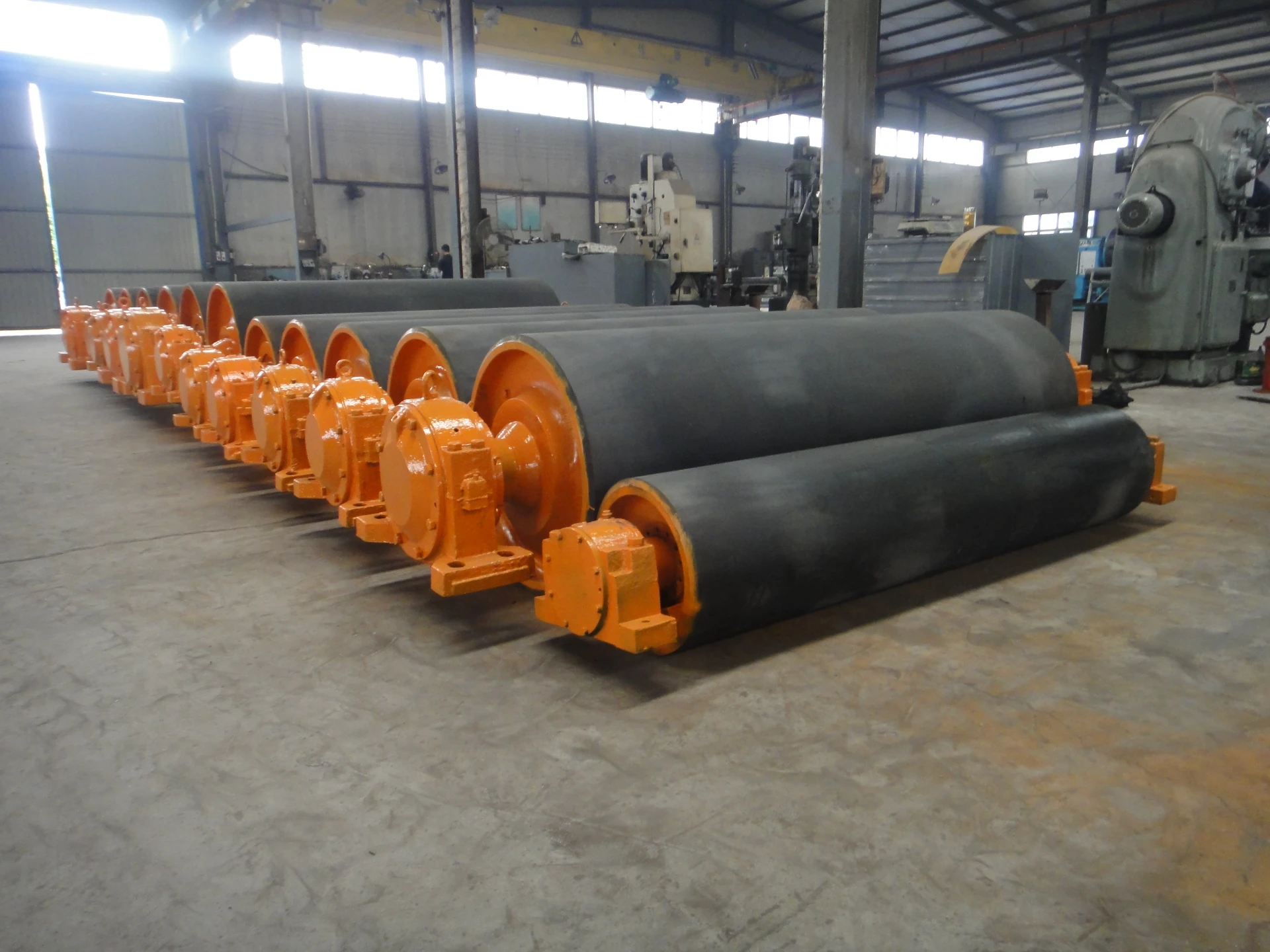 Afrikaans
Afrikaans  Albanian
Albanian  Amharic
Amharic  Arabic
Arabic  Armenian
Armenian  Azerbaijani
Azerbaijani  Basque
Basque  Belarusian
Belarusian  Bengali
Bengali  Bosnian
Bosnian  Bulgarian
Bulgarian  Catalan
Catalan  Cebuano
Cebuano  Corsican
Corsican  Croatian
Croatian  Czech
Czech  Danish
Danish  Dutch
Dutch  English
English  Esperanto
Esperanto  Estonian
Estonian  Finnish
Finnish  French
French  Frisian
Frisian  Galician
Galician  Georgian
Georgian  German
German  Greek
Greek  Gujarati
Gujarati  Haitian Creole
Haitian Creole  hausa
hausa  hawaiian
hawaiian  Hebrew
Hebrew  Hindi
Hindi  Miao
Miao  Hungarian
Hungarian  Icelandic
Icelandic  igbo
igbo  Indonesian
Indonesian  irish
irish  Italian
Italian  Japanese
Japanese  Javanese
Javanese  Kannada
Kannada  kazakh
kazakh  Khmer
Khmer  Rwandese
Rwandese  Korean
Korean  Kurdish
Kurdish  Kyrgyz
Kyrgyz  Lao
Lao  Latin
Latin  Latvian
Latvian  Lithuanian
Lithuanian  Luxembourgish
Luxembourgish  Macedonian
Macedonian  Malgashi
Malgashi  Malay
Malay  Malayalam
Malayalam  Maltese
Maltese  Maori
Maori  Marathi
Marathi  Mongolian
Mongolian  Myanmar
Myanmar  Nepali
Nepali  Norwegian
Norwegian  Norwegian
Norwegian  Occitan
Occitan  Pashto
Pashto  Persian
Persian  Polish
Polish  Portuguese
Portuguese  Punjabi
Punjabi  Romanian
Romanian  Russian
Russian  Samoan
Samoan  Scottish Gaelic
Scottish Gaelic  Serbian
Serbian  Sesotho
Sesotho  Shona
Shona  Sindhi
Sindhi  Sinhala
Sinhala  Slovak
Slovak  Slovenian
Slovenian  Somali
Somali  Spanish
Spanish  Sundanese
Sundanese  Swahili
Swahili  Swedish
Swedish  Tagalog
Tagalog  Tajik
Tajik  Tamil
Tamil  Tatar
Tatar  Telugu
Telugu  Thai
Thai  Turkish
Turkish  Turkmen
Turkmen  Ukrainian
Ukrainian  Urdu
Urdu  Uighur
Uighur  Uzbek
Uzbek  Vietnamese
Vietnamese  Welsh
Welsh  Bantu
Bantu  Yiddish
Yiddish  Yoruba
Yoruba  Zulu
Zulu Rubber Lagging Techniques for Enhanced Conveyor Belt Performance and Durability
Rubber Lagging Enhancing Performance and Longevity in Conveyor Systems
In the world of industrial processing and material handling, conveyor systems play a crucial role. They are employed in various industries, such as mining, manufacturing, and food processing, for transporting materials efficiently. One vital component that significantly enhances the performance and longevity of these systems is rubber lagging. This article explores what rubber lagging is, its benefits, applications, and maintenance best practices.
What is Rubber Lagging?
Rubber lagging refers to the application of rubber material to the surfaces of conveyor pulleys, particularly the drive pulley. This rubber coating serves multiple functions, including increasing the friction between the belt and the pulley, thus reducing slippage. Additionally, rubber lagging helps protect the metal surface of the pulleys from wear and corrosion, extending their operational life.
Benefits of Rubber Lagging
1. Improved Traction One of the primary advantages of rubber lagging is enhanced friction. This increased traction ensures that the conveyor belt remains firmly in place, minimizing the risk of slippage during operation. It allows for a smoother and more efficient transport of materials, which is particularly important in high-load or inclined conveyor applications.
2. Reduced Wear and Tear The rubber layer acts as a protective barrier between the metal pulley and the conveyor belt. This protection significantly reduces wear on both components, leading to fewer breakdowns and prolonged equipment lifespan. For industries where machinery downtime is costly, rubber lagging can be a crucial investment.
3. Corrosion Resistance Many industrial environments expose machinery to harsh conditions, including moisture, chemicals, and abrasive materials. Rubber lagging provides a level of corrosion resistance that helps safeguard the pulley from premature deterioration, making it ideal for use in wet or chemically aggressive applications.
rubber lagging

4. Noise Reduction The elasticity of rubber helps dampen vibrations and noise generated by the operation of conveyor systems. This quality not only contributes to a more pleasant working environment but also reduces wear on machinery due to vibration-induced stress.
5. Versatility and Customization Rubber lagging can be tailored to fit various pulley sizes and designs. Different rubber compounds can also be used to meet specific industry requirements, such as heat resistance, oil resistance, or increased durability for heavy-duty applications.
Applications of Rubber Lagging
Rubber lagging is widely used across various industries. In mining, it assists in conveying heavy ores and aggregates where traction is vital. In the food industry, lagging is designed to meet health and safety standards, ensuring that materials are transported hygienically. Furthermore, the recycling industry employs rubber lagging on conveyor systems dealing with various materials, enhancing process efficiency.
Maintenance of Rubber Lagging
To keep rubber lagging effective, regular maintenance is essential. Operators should routinely inspect the lagging for signs of wear, such as cracking or peeling. Addressing these issues promptly can prevent more significant problems down the line. Additionally, ensuring proper alignment of the belt and pulley system helps reduce undue stress on the lagging, thereby enhancing its lifespan.
Conclusion
In summary, rubber lagging is an indispensable component in conveyor systems, providing enhanced traction, reduced wear, and corrosion protection. Its versatility across different industries deems it a valuable asset for efficiency and reliability in material handling operations. By maintaining rubber lagging properly, businesses can save on maintenance costs and ensure the longevity of their conveyor systems, ultimately leading to a more productive workflow. Whether in mining, food processing, or recycling, the advantages of rubber lagging cannot be overlooked, making it a cornerstone in the realm of industrial conveyor technology.
-
Revolutionizing Conveyor Reliability with Advanced Rubber Lagging PulleysNewsJul.22,2025
-
Powering Precision and Durability with Expert Manufacturers of Conveyor ComponentsNewsJul.22,2025
-
Optimizing Conveyor Systems with Advanced Conveyor AccessoriesNewsJul.22,2025
-
Maximize Conveyor Efficiency with Quality Conveyor Idler PulleysNewsJul.22,2025
-
Future-Proof Your Conveyor System with High-Performance Polyurethane RollerNewsJul.22,2025
-
Driving Efficiency Forward with Quality Idlers and RollersNewsJul.22,2025





























